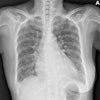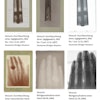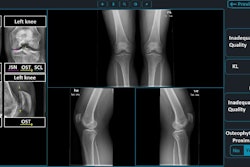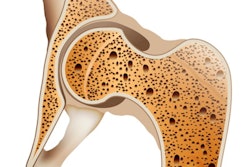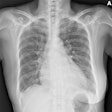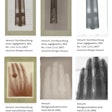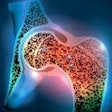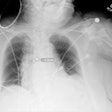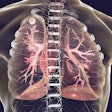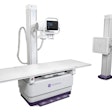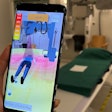An Irish court has heard how a 33-year-old woman died after an x-ray failed to identify that she had swallowed her dental plate and staff at Cork University Hospital (CUH) wrongly discharged her. The case has reportedly led to implementation of a national plan of action.
The High Court heard on 26 July that CUH management has apologized to the woman's family "for the deficiencies in the care." Medical staff were not aware at the time that certain types of denture plates would not show up on x-ray, and they mistakenly decided that because the patient was able to eat and drink, it was safe to discharge her, the Irish Times noted.
 Cork University Hospital is a teaching facility with 800 beds. It was founded in 1978. Photo courtesy of AG News / Alamy Stock Photo.
Cork University Hospital is a teaching facility with 800 beds. It was founded in 1978. Photo courtesy of AG News / Alamy Stock Photo.
Beata Kunicka, a mother from Kanturk, County Cork, first went to the hospital emergency department on 25 September 2021, complaining of chest pain and reporting that she believed she had recently swallowed her dental plate comprising two front teeth, a supportive pallet, and wiring, according to the Irish Times.
A chest x-ray was requested, and she was given a small test meal to assess her ability to swallow. She was also given painkillers to treat her chest pain. No foreign body showed up on the x-ray and the patient was discharged.
Seventeen days later, Kunicka collapsed at home and was vomiting blood, and she was admitted to CUH at around 1 a.m. on 12 October. She was not assessed in the emergency department until 7 a.m., the article continued. Doctors ordered a blood transfusion and requested a CT scan, but she collapsed again and later underwent surgery when the embedded dental plate was removed from her esophagus. She suffered severe bleeding and had to be stabilized.
It was claimed that there was a further delay in treatment of several hours due to a disagreement about the diagnosis and prolonged discussion of the case, the court heard. The patient then became critically unstable and was hemorrhaging from her ear, nose, and mouth, and she went into shock and died from cardiac arrest after resuscitation efforts failed, the Irish Times reported.
The family's senior counsel, Gabriel Gavigan, told the court liability was never contested by the Health Service Executive and the proceedings brought by Kunicka's partner, Kamil Jarzembski, were settled for €450,000 after mediation, according to the article.
The court heard this was a complex and challenging presentation, but "a number of elements for care were not delivered promptly enough. Furthermore, clinical differences of opinion about the source for continued bleeding, the right course of corrective action, and the availability of the necessary expertise to deliver it, all delayed her receiving the care she needed."
The judge, Leonie Reynolds, offered her condolences to the family over "the very tragic series of events." She said she hoped they took some comfort from the review and that the recommendations have been shared nationally to ensure such an incident does not happen again.
"Emergency department presentations following foreign body swallowing are very common," an expert source told AuntMinnieEurope.com. "Plain radiographs are frequently requested, but will, of course, only identify radio-opaque foreign bodies (essentially, those containing metal)."
In such situations, a radiological report should state that no radio-opaque foreign body has been demonstrated, the expert said. Given the frequency of these presentations, it would be understandable to assume no significant issue if the patient can swallow without pain and no foreign body is visible because most swallowed foreign bodies pass eventually in the stool. This patient seems to have been extremely unfortunate, and the reported details of her initial management don't seem out-of-standard, the source concluded.



